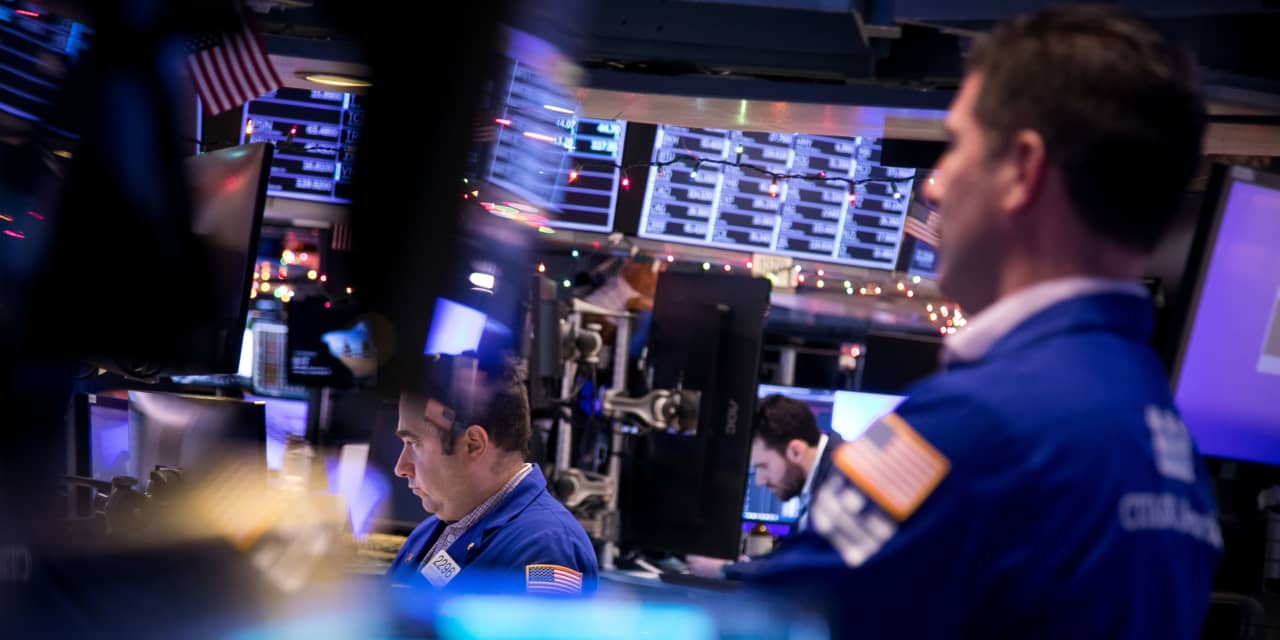Like Muzak in an elevator, the best stock markets are those you don’t notice—and this is starting to look like a great stock market.
You remember Muzak, don’t you? It was the company that produced the wordless tracks that would play innocuously in the background, the more unobtrusive the better. It was literally music for elevators—and airplanes, malls, and offices—and was best heard but not listened to.
The best stock markets are often like that, too. They don’t wow investors with eye-popping gains or terrifying declines, and they’re certainly not talked about in barbershops or taxicabs. It’s a lot like watching paint dry, until you realize how good the room looks.
It’s that kind of market right now. The
S&P 500
has moved less than 1% in either direction for the past 16 days, its longest stretch of such limited volatility since the 21-day streak that ended on Aug. 1. The boredom hasn’t been bad for investors.
The index has gained 1.8% over the current streak, nothing extraordinary, but not too shabby, either. The
Cboe Volatility Index,
or VIX, which is supposed to reflect future expectations for volatility, is sitting below 13, reflecting a calm that has investors feeling reluctant to pay up for protection.
Some of this has to do with the recent drop in interest rates, according to Nathan Kotler, head of trading at GenTrust, and the drop in the MOVE index, the bond market’s version of the VIX. It might also be a sign that investors have forgotten about the risks inherent in the market, he says. “Ultimately, with the VIX hovering around 12, the equity markets have become quite complacent and therefore investors should proceed with caution, as even a slight change in macroeconomic expectations could send the VIX higher,” Kotler explains.
Or maybe not. Que Nguyen, chief investment officer for equity strategies at Research Affiliates, argues that the market is driven by three factors: valuations, earnings, and sentiment. And right now, they are as boring as the market.
Take valuation: As of Nov. 15, the S&P 500 was trading at 19.7 times forward earnings, which seems high, except that it’s right near the average for the past seven years. Other measures tell a similar story. The S&P 500’s earnings yield—the inverse of its P/E—is also right around the average. Her conclusion: “While it is difficult to argue that equities are cheap, they also do not appear to be overvalued,” Nguyen says.
Earnings, too, look solid, if not scintillating. Nguyen calls third-quarter earnings reports “stable,” while noting that earnings growth has finally returned. Analyst expectations call for growth of 10% to 12% in 2024, and while there is plenty of concern that the number is too optimistic, companies typically beat those forecasts.
Even sentiment isn’t as overdone as it sometimes seems. While many people focus on the American Association of Individual Investors’ sentiment survey, which shows 47.3% of respondents bullish versus 27.4% bearish, Nguyen prefers using the amount allocated to cash in the AAII’s allocation survey. In November, investors had 19% of their portfolios in cash, above the 10-year average of around 17%. “In short, equity fundamentals remain in a long period of boredom,” Nguyen writes. “The media may not like it, but such periods are good for equity investors.”
History suggests she’s right. Over the past 10 years, there have been 30 other streaks of 15 days or more without a 1% move, and the market was higher three months after they ended 70% of the time, for an average gain of 1.5%.
There is one caveat to the rule, however. The longest streaks ended up being followed by the worst declines: The S&P 500 dropped an average of 9.3% when streaks of 60 days or more ended, something that happened four times during the past 10 years.
Boring is beautiful, just not too boring.
Write to Ben Levisohn at [email protected]
Read the full article here




